
Definition
Urge incontinence, also known under the name overactive bladder or irritable bladder, is a health issue characterized by involuntary loss of urine experienced while feeling urinary urgency and a sudden need to urinate. The problem is also accompanied by bladder spasms and contractions.
Causes
A healthy individual with no structural or functional damage to the urinary tract and all its organs is able to hold urine to a certain extent. The nerve system, especially the nerves innervating the bladder and the rest of the urinary tract, must also be healthy and intact as well for the person to hold urine without any difficulty. The bladder has its own capacity and once the amount of urine surpass the amount the person can hold involuntary urination may occur. In some individuals, however, the bladder does not have to be full for involuntary urination to occur.
Under normal circumstances the filling of the bladder takes some time, depending on the intake of fluids and some external as well as internal factors. The bladder may hold between 350 and 550 mL of urine. 200 mL of urine is what triggers an urge to urinate. The emptying of the bladder is achieved with the contraction of the detrusor muscle. This muscle actually forces the urine out of the bladder.
Automatic contractions typically occur in infants until they learn how to control urination. But some people experience undesired bladder muscle contractions and these are either associated with certain neurological issues or develop as a consequence of bladder irritation.
As far as adults are concerned, urge incontinence may be associated with bladder cancer, inflammation of the organ, bladder outlet obstruction and bladder stones. Furthermore, infections are a frequent cause of urge incontinence. Neurological disease like multiple sclerosis may eventually trigger the problem as well. The same occurs in individuals who have experienced spinal cord injury or have suffered a stroke. In men urgent incontinence is a common issue connected with benign prostatic hypertrophy.
The problem is reported to occur in people of all ages and both gender. Women and the elderly are, however, mostly affected.
No matter what the underlying cause is, all patients suffering from urge incontinence typically complain about frequent urination (in the daytime and at night), involuntary loss of urine and sudden, urgent need to urinate.
Treatment and Prevention
The only way to start with treatment is after establishing the underlying cause of urine incontinence. After taking a medical history, the doctor routinely performs a physical exam. The inspection and palpation of the abdomen is of major importance. In men the rectum is examined as well (the examination gives insight in enlargement of the prostate as a possible cause of urge incontinence). Women require pelvic exam. It is also important to collect urine and send it for specific tests which may point to the presence of bacterial infection. Additional exams include EMG, cystoscopy, pad test, pelvic/abdominal ultrasound, post-void residual volume (PVR), urine stress test, urodynamic studies and X-ray contrast dye. Many of the mentioned will reveal the actual cause of urge incontinence and make it easy for a doctor to opt for the most suitable treatment approach.
Apart from depending on the underlying cause, treatment is also created based on the severity of symptoms and on how much they interfere with every day activities of the affected individual.
Medications are, for instance, prescribed in case of urinary tract infections (antibiotics). There are also drugs that relax the involuntary bladder contractions and better the bladder function. These include anticholinergic medications, flavoxate, trycyclic antidepressants etc.
A change in one's diet is of additional help. Patients are generally advised to drink plenty of water and limit intake of caffeine, carbonated drinks, highly acidic foods and spicy foods.
Bladder retraining helps patients to control bladder storage and proper emptying. The program additionally includes a schedule of times when one is supposed to urinate or at least try to do so. In between these scheduled times, the person should control urination as much as possible. This treatment approach is either applied alone or in a combination with electrical stimulation and biofeedback therapy.
Kegel exercises are specially created exercises which efficiently help individuals suffering from stress and urge incontinence. They make the muscles of the pelvic floor stronger and also boost the function of the sphincter muscle, making it capable of holding more urine.
And finally, patients in whom conservative treatments have not helped undergo surgery. There are surgical procedures that can increase the storage ability of the bladder, one of the most commonly performed surgical procedures is augmentation cystoplasty. Another surgical approach includes sacral nerve stimulation.
As for prevention, even though it is not possible to prevent condition from occurring, starting bladder retraining techniques on time can efficiently deal with symptoms and decrease their intensity.
Relevant Data
It is confirmed that 17% of women and 16% of men deal with urge incontinence. The number of such patients reaches 12.2 million people. In people older than 40 years of age, one out of 5 is affected. This medical issue is more frequent among women. As a matter of fact they are affected twice as much as men. Finally, these women are additionally more prone to be obese or suffer from arthritis.


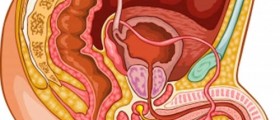
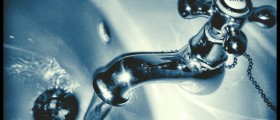


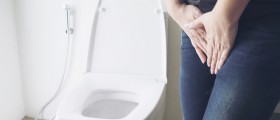


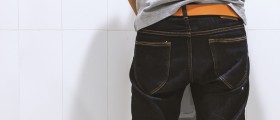

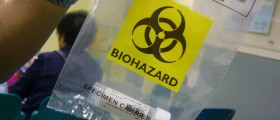
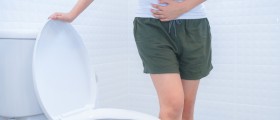


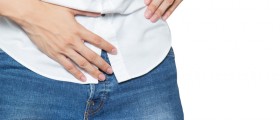

Your thoughts on this
Loading...